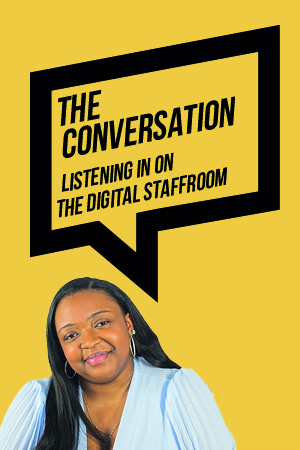Publisher
ISBN 10
I recently presented a series of assemblies focused on my failures as a young person, and was touched by the positive responses I received from the children and staff with whom I work. This suggested to me that stripping away anxiety and misconceptions about failure may be one of the most empowering things we can do for each other.
Somewhat serendipitously, that same week I was invited to review James Hollinsley’s An educator’s guide to mental health and wellbeing in schools, a compendium of ideas from a range of contributing authors.
With years of specialist experience behind him, Hollinsley’s passion for his subject is obvious. He writes: “I came to the conclusion that no matter what I write, it cannot emphasise enough the importance of wellbeing in schools…” I’m inclined to agree.
It’s hard to think of a more urgent, relevant, and fundamental question than how we successfully respond to the growing crisis of mental ill-health. How do we enable the children and young people we teach to become more resilient? And isn’t staff mental health and wellbeing an equally critical aspect of this quest?
Hollinsley and his associates approach these questions from a range of different starting points: from the value of creative arts in the curriculum, to the significance of attachment styles, and from the unexpected benefits of playing football to an invitation to reconsider the value of failure (possibly my favourite chapter of the book).
The inclusion of personal, frequently anonymous, teacher anecdotes, serves both to validate bad experiences and to remind us to be reachable and circumspect in our judgment of colleagues. We all suffer sometimes, and the stories provide human, authentic reminders to be compassionate. In terms of audience, the book will be of interest to anyone invested in solutions to mental ill-health in schools, though many of the best ideas are only fully actionable by school leaders.
While the tone of the book is passionate and includes valuable content throughout, at times it does read as though the author were under pressure to meet his publication deadlines. The writing and scholarship is uneven in places, and there are a distracting number of typographical errors one would expect to have been caught in the copy edit. I appreciated the personal stories but found the way they are sprinkled throughout a little confusing. A clear introduction, outlining and justifying the development of the book would have provided helpful direction and an improved understanding of thematic progression.
There are also significant gaps in the discussion. One, for example, pertains to the very important work currently done in tandem with the NHS in the field of trauma-informed care, a philosophy and approach that enables schools such as my own to more fully recognise and act on the implications of the significant distress, disruption, and dysfunction that arises from adverse childhood experiences (ACEs) that many children and young people endure.
Nevertheless, there are many bright moments. As a humanities specialist, I liked the brief history of stigma. Understanding and challenging the problem of stigma (and its fascinating past) is significant if we are to succeed in reshaping cultural attitudes towards mental health, and the chapter on attachment styles is useful for school leaders and class teachers alike.
An educator’s guide to mental health and wellbeing in schools is not a game-changer, but it does contain authentic, humane and passionate calls to action from a range of expert voices. Though the book’s ideas apply to all education settings, it is probably most relevant to school leaders working in the primary phase.













Your thoughts